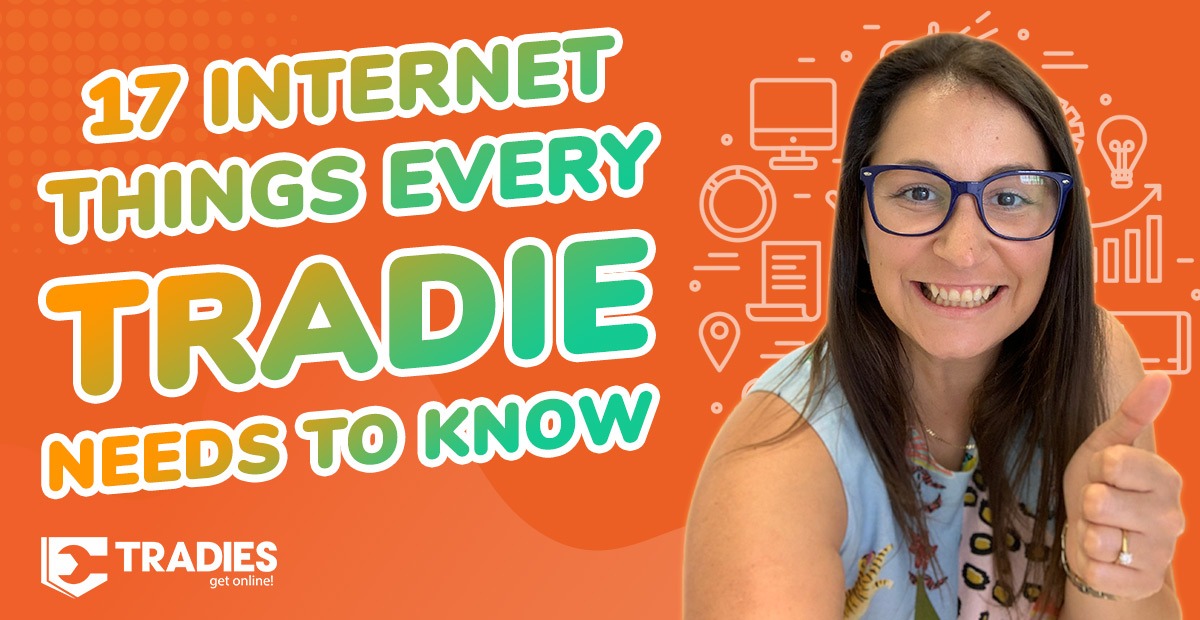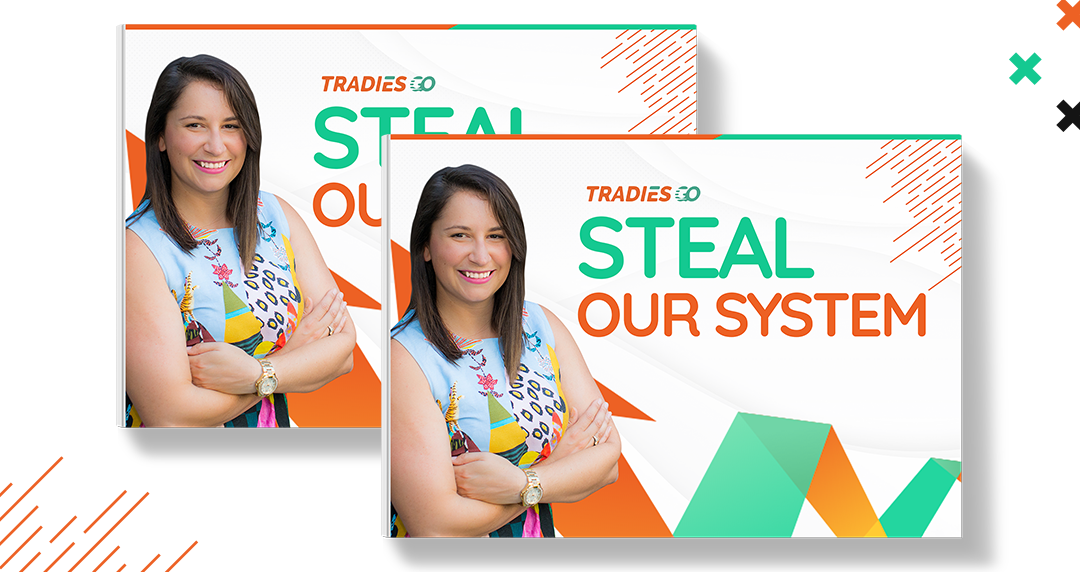1. A Website
What: A website is a place you can send your customers so they can learn more about you and your business.
Why: If you don’t have a website in today’s connected age, it’s impossible for new customers to contact you. It’s an absolute must and first step for business owners.
2. Responsive Websites
What: Responsive Web Design (RWD) is an approach to web design and development aiming to allow a website to be viewed in response to the screens size – Desktop, iPad or Phone.
Why: Your website needs to be Responsive so Google can show its users your website. If your website doesn’t pass the Google Responsive Test, you won’t rank as high in Google.
3. Online Presence
What: Your online presence is everywhere your business info can be found online on mobile apps and social media.
Why: In today’s connected world, establishing a proper online presence is absolutely critical. Consumers use the web to make their final decision. Whether looking for a new business or researching a known one, potential customers will use search engines (Google) and social platforms (Facebook, Instagram etc) to find the information they need.
4. Blog
What: A regularly updated section on your website, that is written in an informal or conversational style.
Why: Blogging builds a relationship with your audience. It allows you to tell your users a story about your business.
5. Database
What: A database is basically a list of names & emails.
Why: You’ll use this database to tell people how great your work is via email marketing.
6. Email Marketing
What: In its broadest sense, every email sent to a potential or current customer could be considered email marketing. It usually involves using email to send ads, request business, or solicit sales or donations, and is meant to build loyalty, trust, or brand awareness.
Why: It can be used thoughtfully to build loyalty and trust in your brand. Email marketing is important for building relationships with prospects, leads, current customers, and even past customers because it gives you a chance to speak directly to them, in their inbox, at a time that is convenient for them.
7. Social Media
What: Social Media is a collective of online communication channels dedicated to community based input.
Why: We want to be connected everywhere we go. We want to share our stories. Facebook, Instagram and Pinterest are the Social Media channels you need to be on. Forget the rest
8. PPC
What: Pay Per Click is a form of advertising on the internet. You can pay someone (or do it yourself) to setup Google Advertising for you. It’ll cost a set amount every time someone clicks the ad and goes to your website.
Why: Rather than paying for an ad in the Yellow Pages, you can pay to be found on Google. When people search the service you’re bidding on your ad will come up. Generating you a new lead.
9. Geo-Targeting PPC
What: When you run PPC ads you can choose what locations you’d like your ad shown in.
Why: You want to make sure you choose the area you’re serving so you can be as efficient as possible in your day to day business dealings. Why travel all over Sydney, when you can target just Western Sydney. If that’s your ‘home local’ make it your ‘business local’.
10. SEO
What: Search Engine Optimisation is a methodology of strategies, techniques and tactics used to increase the amount of visitors to a website by obtaining a high-ranking placement in the search results page of a search engine (SERP) — including Google, Bing, Yahoo and other search engines.
Why: If you want to be found online, your website needs to be ranked in the search engines. Search engines serve millions of users per day looking for answers to their questions or for solutions to their problems. If you have a website, blog or online store, SEO can help your business grow and meet the business objectives.
11. CTA
What: A Call to Action prompts a customer to do something (for example: “Call now.” “Click here for 10% off.”). Testing different CTAs as part of your marketing will help you find out which is the most effective for your business.
Why: As a tradie, it doesn’t matter how enticing your online presence is if you do not present a clear call to action. Even the most interested consumers need a clear next step and possibly an incentive to move forward.
12. Conversion
What: Conversion is the step from your marketing effort to a customer taking action. A conversion could be an email or call, but most often a direct purchase.
Why: The goal of your marketing should be to drive conversions. You need to decide in advance how you define a conversion. This way you know what to track and what you want to achieve. You want to minimize drop off between someone seeing you online and actually making a purchase. Remarketing can help with this.
13. Remarketing
What: Remarketing is following up with consumers that have interacted with you or your marketing before. For example, sending email or a text messages to existing customers with the goal of building loyalty or getting referrals, feedback and reviews.
Why: Remarketing to your existing customer contacts is one of the most important online-marketing activities for tradie business owners. These customers already know your business and are much more likely to engage and convert via effective marketing.
14. Referrals
What: Referrals are new customers that have been directed to your business by other customers or companies.
Why: A trusted recommendation is more powerful and effective than any type of advertising. By using targeted-remarketing messages you can encourage this type of digital word of mouth.
15. CAC
What: Customer acquisition cost refers to the dollar amount spent to acquire a new customer. For example, if you work with a marketing service that you pay $1,000 and because of their work they deliver five new customers, the CAC of this marketing effort is $200.
Why: Your end goal is new customers and revenue. It is important to understand how much each of your marketing efforts cost to achieve that goal. This will help you evaluate your marketing efforts. Make sure you know about the CAC when working with a marketing service.
16. CLTV
What: Customer lifetime value is the dollar value of a customer relationship — based on the total profit you expect to earn from that client over their time with your business. So if your service costs $50 and customers generally buy this service five times throughout their lifetime, the combined dollar value of all these transactions, or CLTV, is $250.
Why: CLTV is an essential concept in marketing, because it determines how much you can spend on your marketing. Generally speaking, any marketing effort where the CLTV is higher than the CAC delivers a return on your investment and is something you should continue to invest in. So don’t just look at marketing in terms of costs but how it adds to your bottom line!
17. Cloud Computing
What: Cloud computing, sometimes called software as a service or web-based software services, simply means business services such as email, storage or accounting supplied over the Internet. Using the cloud is increasingly popular with tradies because it’s more affordable and makes it easy to update the services.
Why: Using cloud computing for your marketing is a smart approach as it’s affordable and makes it easy to update and integrate any services. For example, customer-relationship-management software is a marketing tool that many large companies have been using for years, however it is now well within the price point and time-commitment range for small-business owners.



